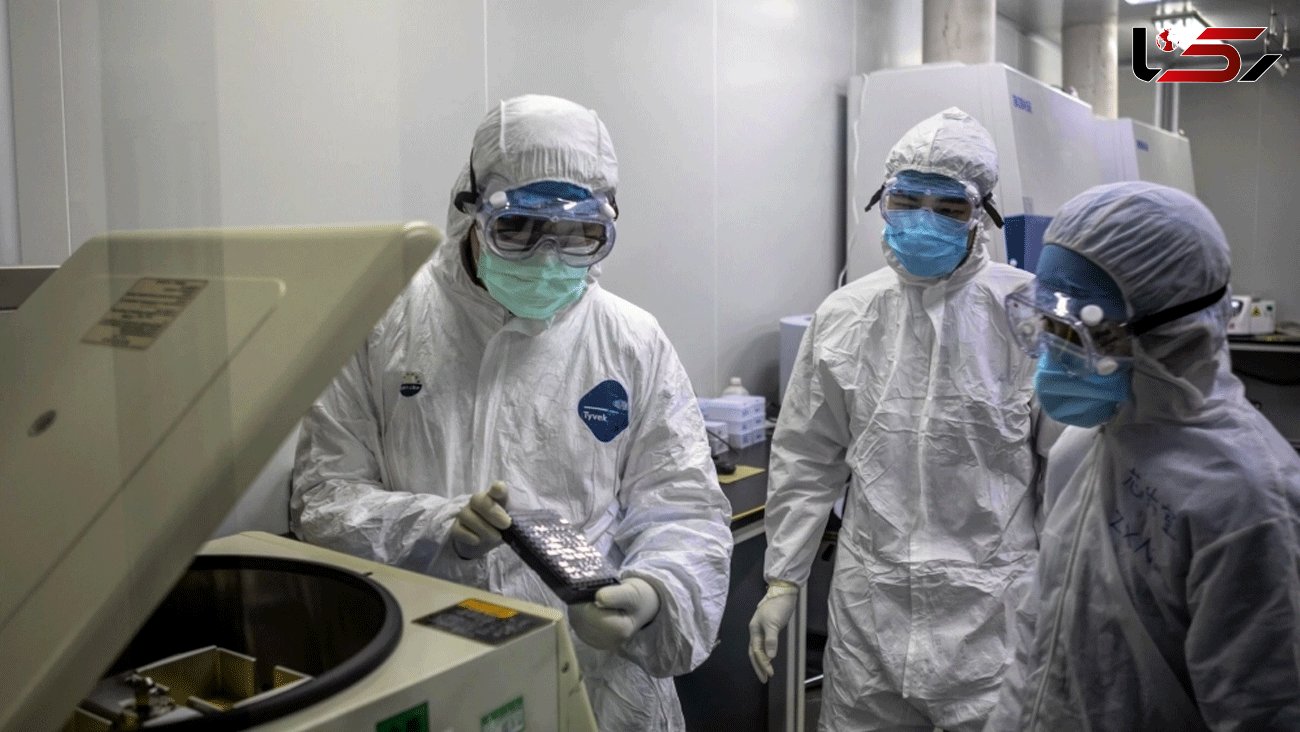Iran makes progress in health sector after Islamic Revolution
Rokna: After the Islamic Revolution (1979), many advances have been made in the health sector, namely, increased medical facilities, the growth of medical universities, and upgraded medical equipment.

According to the United Nations Development Program (UNDP), the life expectancy index at birth increased from 49.5 to 51.5; In other words, life expectancy among Iranians before the Islamic Revolution has been among the lowest in the world. While ten years after the revolution, despite the eight-year Iran-Iraq war, the life expectancy rate has increased to 61.5 years, showing a 10-year increase.
The World Bank report shows that the life expectancy rate experienced a growth of 22 years since the beginning of the revolution, raising to 76.7 years.
Infectious diseases toll declines
With the development of the health system, the causes of mortality have decreased and deaths due to infectious diseases, pregnancy and childbirth have decreased, according to the Islamic Revolution Document Center.
According to statistics, the crude death rate in Iran has decreased from 13 people per 1000 live births in (1970- 1976) to 5 people in 2007.
According to studies, there has been a decrease in child mortality in the country over the last four decades, as 200 infants and 250 children under five died per 1000 live births before the revolution, which dropped to 7 deaths in 2017.
According to the World Bank, more than 140,000 infants died annually since 1979, a figure that has dropped to less than 20,000 in recent years.
Hospitals and medical centers expanded
Before the Islamic Revolution, there were about 558 medical institutions with 57,927 beds in the country, which was insufficient in comparison to the country's population.
Meanwhile, after the fourth decades of the Islamic Revolution, primary health care (PHC) has reached a coverage of 93 percent for the urban population and over 97 percent for the rural residents. At the same time, the establishment of the health care network system as a global model has taken place with more than 31,400 Health Houses and 7,400 healthcare centers.
Moreover, the distribution of hospitals in different provinces and regions demonstrates the observance of health justice in all parts of the country.
While in 1978, only 37 percent of the country’s cities had hospitals, this figure has now reached more than 94 percent.
In 2017, the number of hospitals in the country and hospital beds was 910 and 148,000, respectively. While in 1978, these figures were 556 and 56,000.
Growing number of doctors, specialists
Before the Revolution, there were only a limited number of physicians for the entire population of 36 million in Iran, so all the cities of the country and the country's villages were suffering from the lack of doctors and specialists in 1,500 rural health centers.
The number of physicians in the country, including general practitioners and specialists in various fields, amounted to about 14,000, while a significant number of whom were foreign physicians. So, there were still about 9.3 physicians per 10,000 people.
According to the World Bank, the physician-to-population ratio improved six-fold in the post-revolutionary period.
In 1978, some 33 million Iranians were in need of foreign physicians, but now, with a population more than doubled, the number of physicians is growing, meeting the whole country’s needs.
Also the specialized physicians were 7000 in 1979 who reached up to 72,792 in 2017, and it is noteworthy to say that people from many countries travel to Iran to receive treatment from Iranian physicians.
Medical universities growth
Before the Islamic Revolution, four medical faculties were established in universities, but now there are about 59 medical universities across the country.
The number of medical students increased from 600 to 3,000 a year, after the Revolution.
Over the last four decades, the outstanding growth of the number of medical universities in all provinces of the country, especially the deprived areas, the increase in the number of graduates of medical sciences, especially women, and the laws related to the presence of medical graduates in deprived areas are among the most important achievements in medical education.
Self-sufficiency in medical supplies
Before 1979, there were about 50 manufacturing companies in the field of medical equipment across Iran, all of which imported raw materials from abroad and assembled them inside Iran. These companies were only able to supply 3 percent of the domestic needs.
According to the statistics in 2017, medical equipment companies reached 500, which supplied over 80 percent of hospitals' needs across the country, producing more than 8,000 types of medical equipment and supplying them to domestic and foreign markets.
Being the leading medicine producer in the region, production of 97 percent of medicine and export of pharmaceuticals including biotechnology drugs, self-sufficiency in the production of vaccines, eradication of polio and other epidemics, vaccination coverage from 30 to 100 percent are among other achievements of the country.
Also, Iran is now ranked 12th in the world and first in West Asia in terms of biotechnology, by producing 27 biotech medicines.
Tehran TimesFollow the Official Rokna NEWS Telegram Channel For More and fresh NEWS.

Send Comments